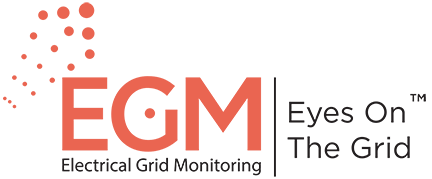The electricity market is rapidly changing. To name just a few, emerging trends include the shift towards distributed energy resources, greater reliance on renewable energy resources and a growing interest in exploring the avenues to relocate distribution and transmission lines underground. Moving power lines underground has already taken place in several countries worldwide. Leading countries like Germany, France, Italy and the United States are expected to plant power lines in billions of dollars projects in the comping decade.
Underground lines are less vulnerable to extreme weather effects, less prone to outages, and their impact on the scenic surrounding is minimal. However, the idea still encounters significant challenges before it will spread more extensively.
Among the most popular reservation from the relocation of power lines underground is that underground lines require tight monitoring than overhead lines, and their maintenance is far more complex. This monitoring needs to provide adequate response to situations like over-heating of the underground lines, identifying irregularities in operation before they cause outages, and locating those irregularities with maximum accuracy. That last point is especially crucial, since the access to underground lines is by definition more limited, and valuable time could be saved by directing the maintenance teams to the exact spot of the malfunction and digging their way straight to it.
In order to meet this challenge, underground lines must exhibit grid digitalization technologies. Applying EGM Meta-AlertTM System to underground power lines provides a real-time and reliable status of the grid, maximizing the ability to fix problems as early as possible, and thus substantially reduce the costs associated with relying on underground lines. EGM’s technology enables the identification of emerging failures before they reach the critical malfunction level.
It is safe to assume that the coming decades will witness growing focus and allocation of resources to resolving the current challenges of relocating power lines underground. EGM’s cutting edge technology could no dubitably become an inherent part of underground grid architecture.
